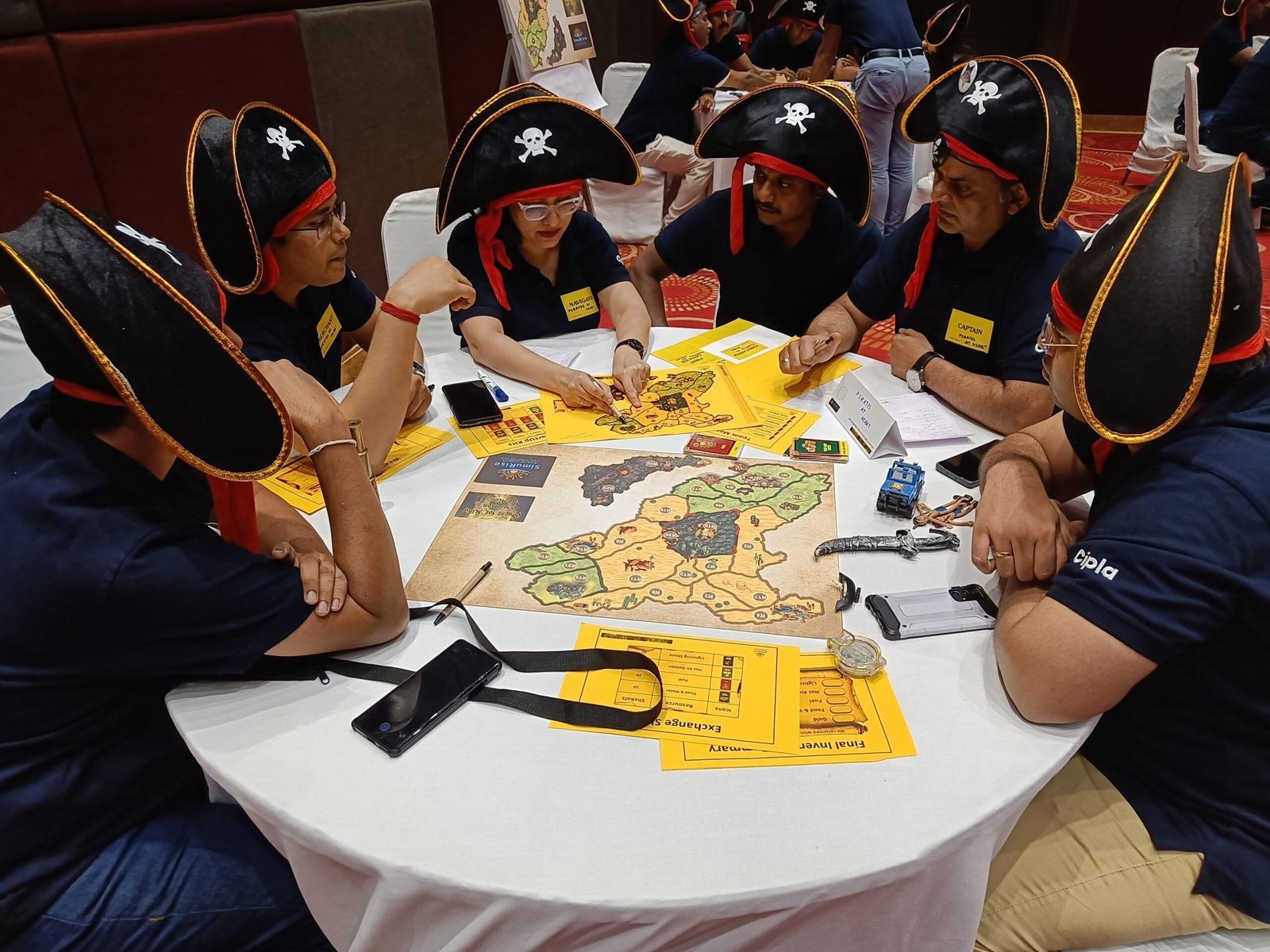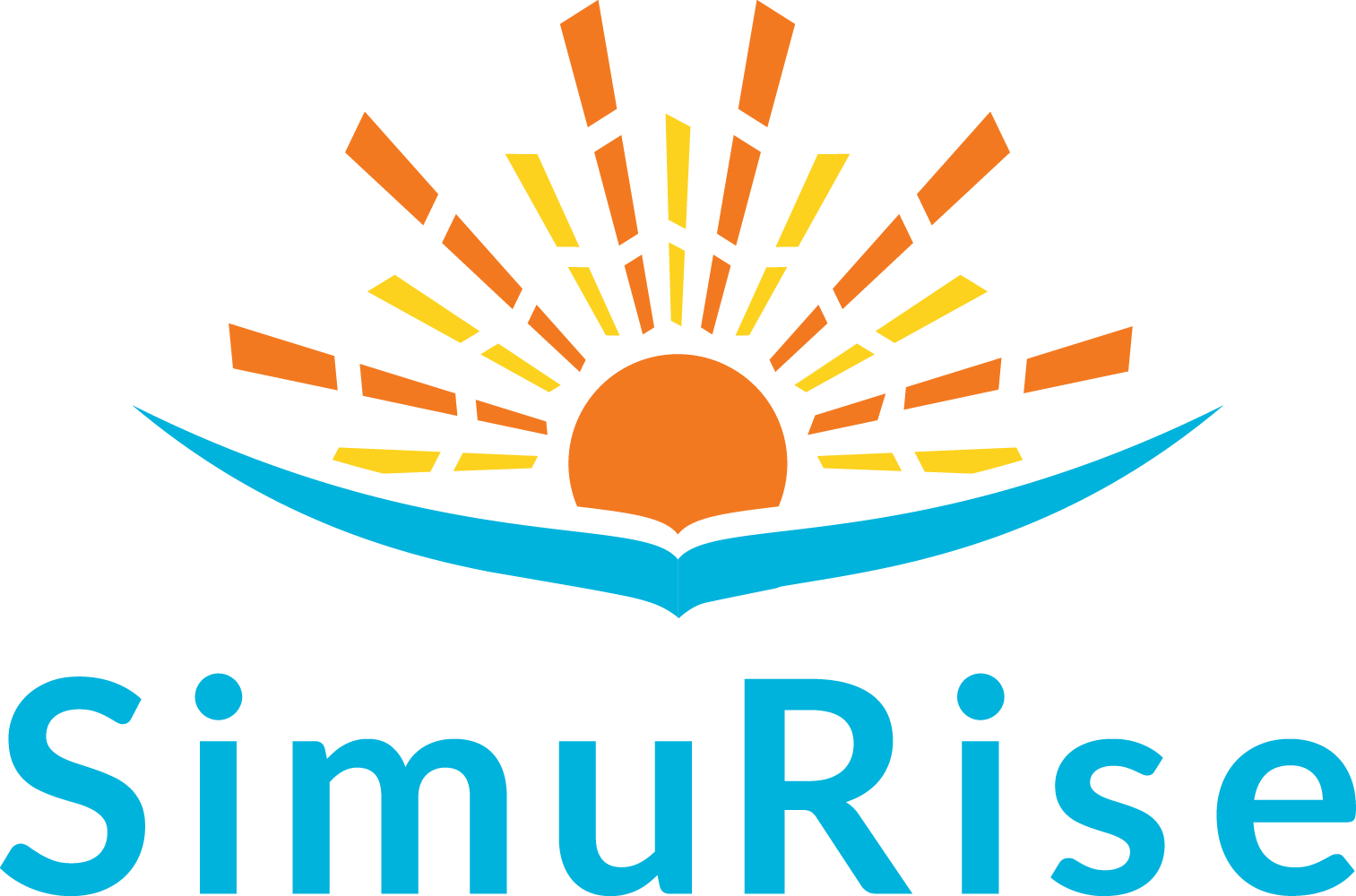In the evolving landscape of Learning & Development (L&D), organizations are constantly seeking experiential learning methods to create effective, engaging, and results-driven learning experiences. While traditional learning methods such as lectures, PowerPoint presentations, and theoretical discussions have been the norm for decades, they often fall short of embedding long-term behavioral change.
On the other hand, experiential learning methods enable individuals to “learn by doing” is proving to be far more effective in developing leadership skills, critical thinking, and collaboration. So why should organizations shift their focus from traditional training to experiential learning methods? Let’s explore the reasons why experiential learning drives greater impact in leadership development, team-building initiatives, and organizational growth.
The Shortcomings of Traditional Learning Methods
Many corporate training programs rely heavily on traditional approaches that involve passive listening, note-taking, and case studies. While these methods provide valuable insights, they do not always translate into long-term behavioral changes. Employees often struggle to apply what they have learned in real-world situations because they lack practical experience. Additionally, traditional training sessions are often generic, failing to cater to different learning styles or address specific business challenges.
Studies have shown that passive learning has a retention rate of only 5–10%, whereas active, experiential learning methods boosts retention to 75–90%. This gap highlights why organizations must rethink their approach to employee development. Learning must be engaging, immersive, and application-driven to be effective in today’s work environment.
The Power of Experiential Learning Methods
Experiential learning methods transforms corporate training by shifting from a passive to an active learning approach. Instead of just consuming information, participants engage in simulations, role-playing, decision-making challenges, and collaborative exercises that mirror real-world business scenarios. This process allows learners to experience the consequences of their decisions, reflect on their strategies, and refine their problem-solving skills.
The methodology follows Kolb’s Experiential Learning Model, which consists of:
- Concrete Experience – Learners engage in hands-on tasks that simulate workplace challenges.
- Reflective Observation – They analyze their actions and decision-making process.
- Abstract Conceptualization – They connect their experiences to business theories and frameworks.
- Active Experimentation – They apply what they have learned to real-world situations, reinforcing long-term behavioral change.
This cycle ensures that individuals don’t just learn concepts—they internalize them and make better decisions in the workplace.
Also, in engaging leadership offsite participants don’t just hear about leadership, decision-making, or strategic planning—they practice it. They learn how to manage resources, take risks, collaborate, and think on their feet in high-pressure environments. This hands-on approach leads to higher engagement, faster skill development, and better retention of critical leadership competencies.
If you want to equip your leaders with the skills they truly need and replace outdated training methods with high-impact experiential learning methods, reach out to marketing@simurise.com or call Annie at +91 9082381193 to explore how experiential learning can transform your workforce.








